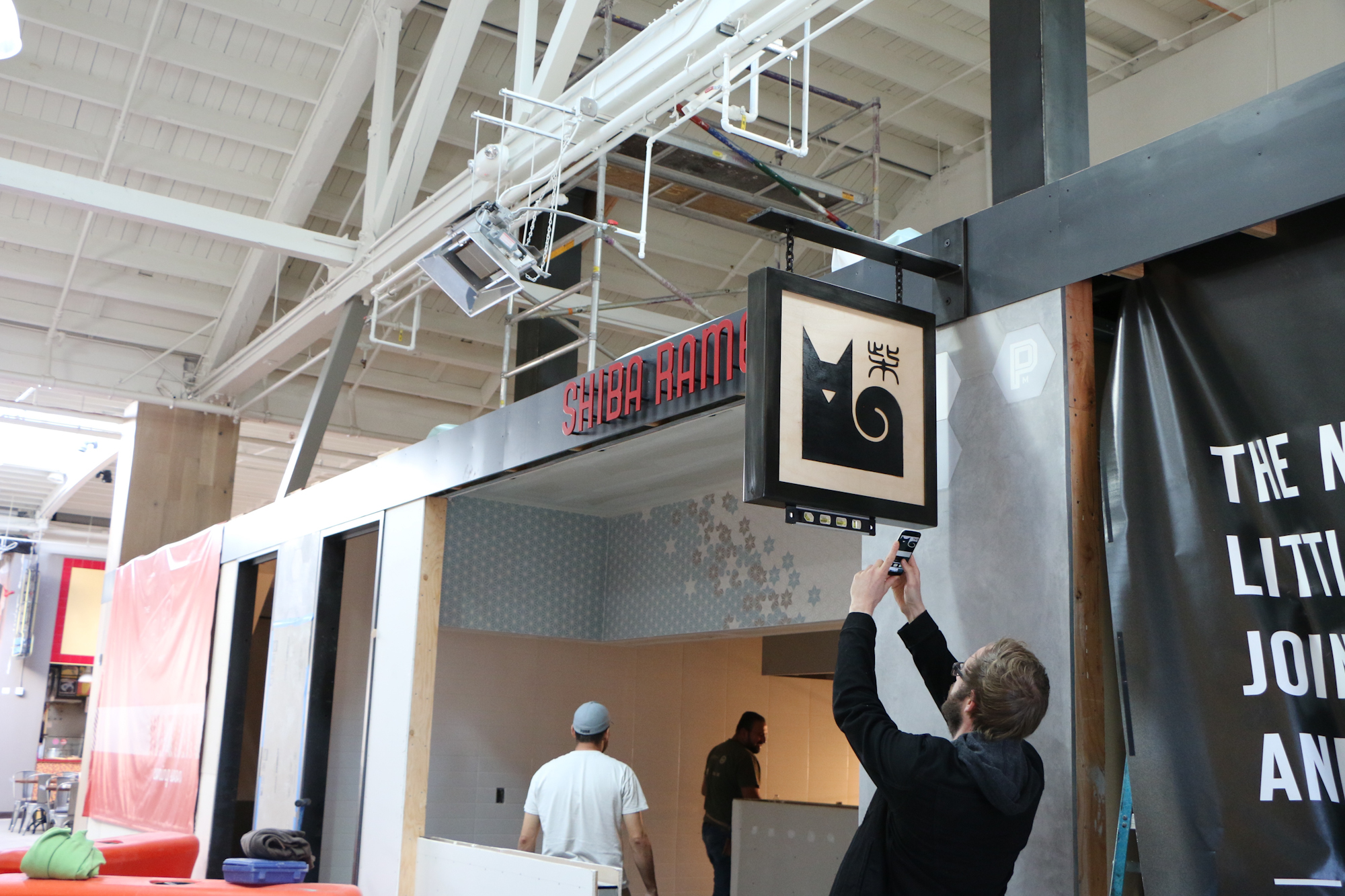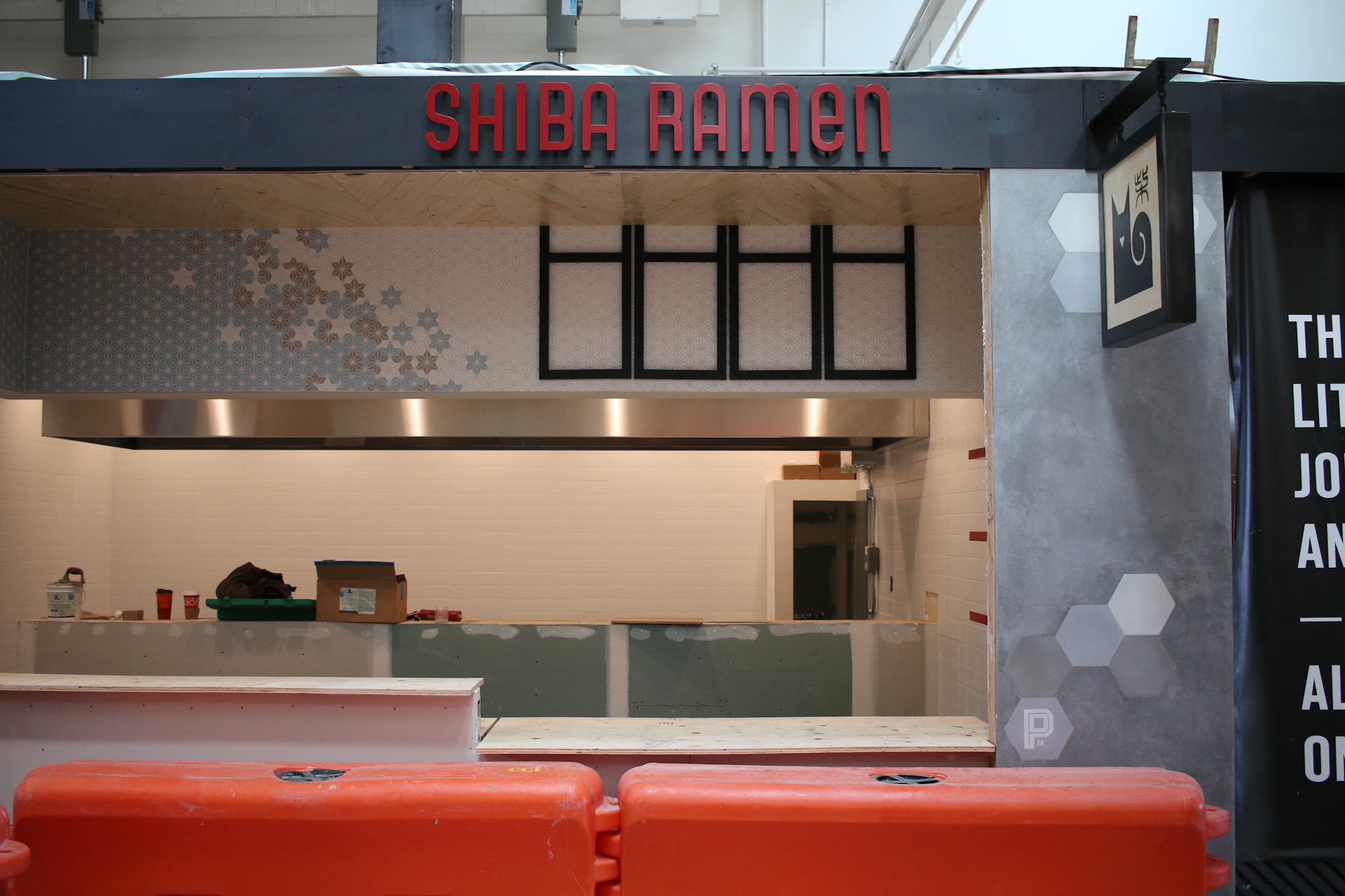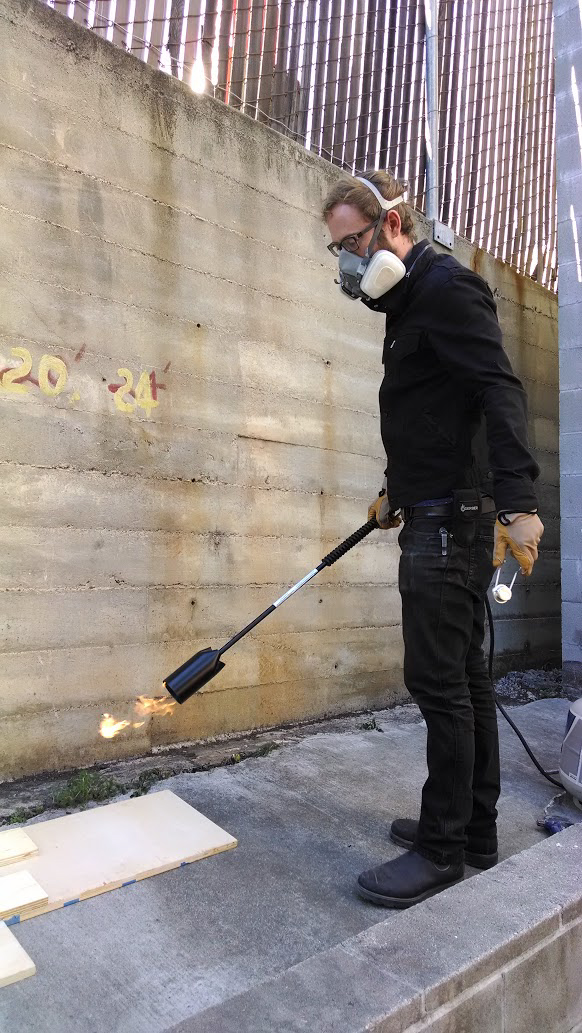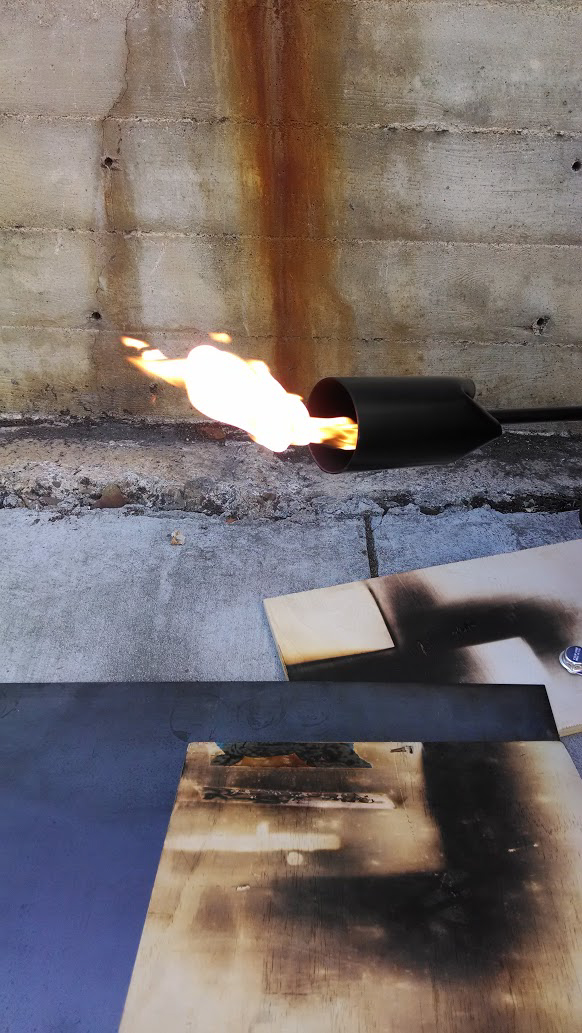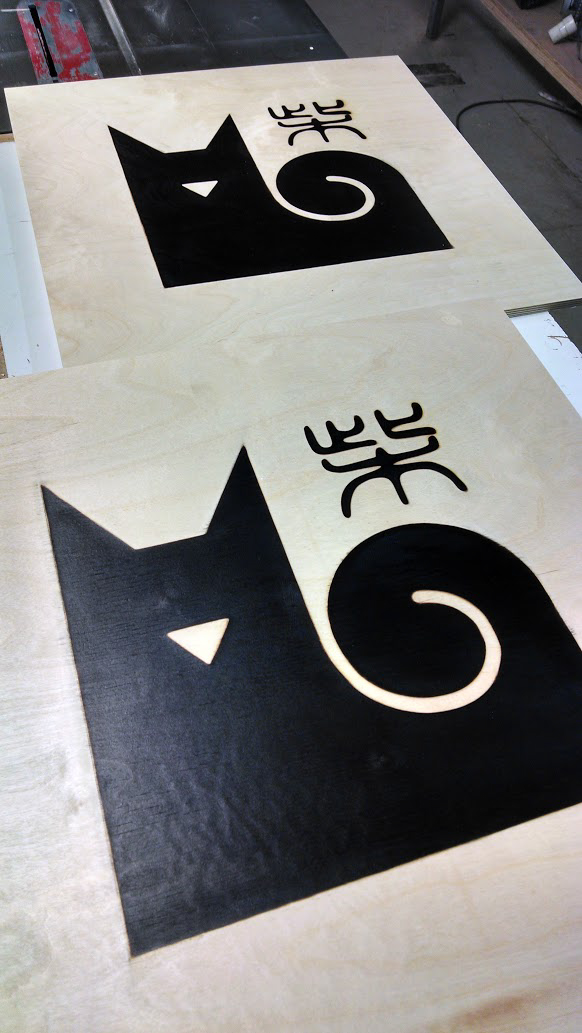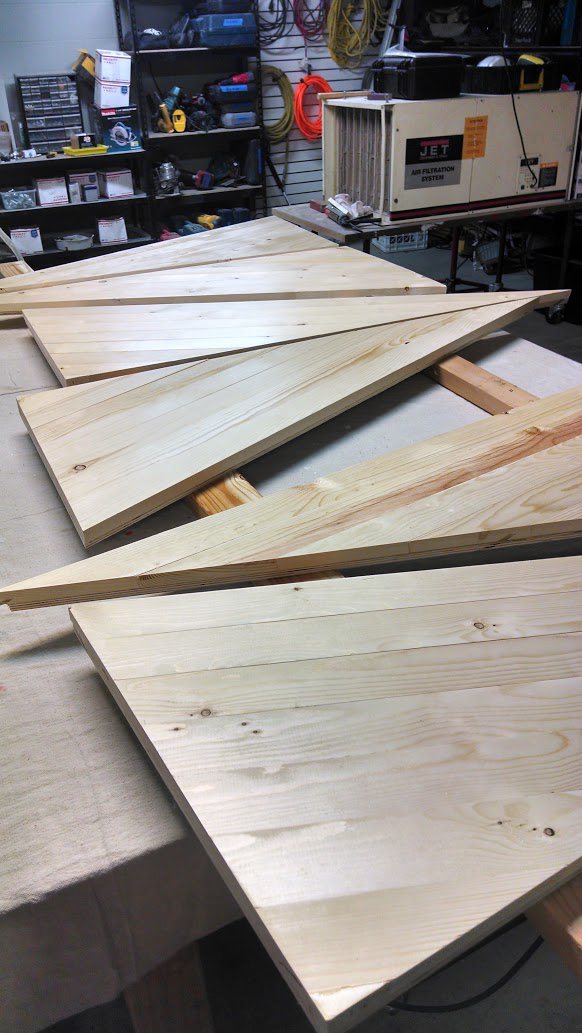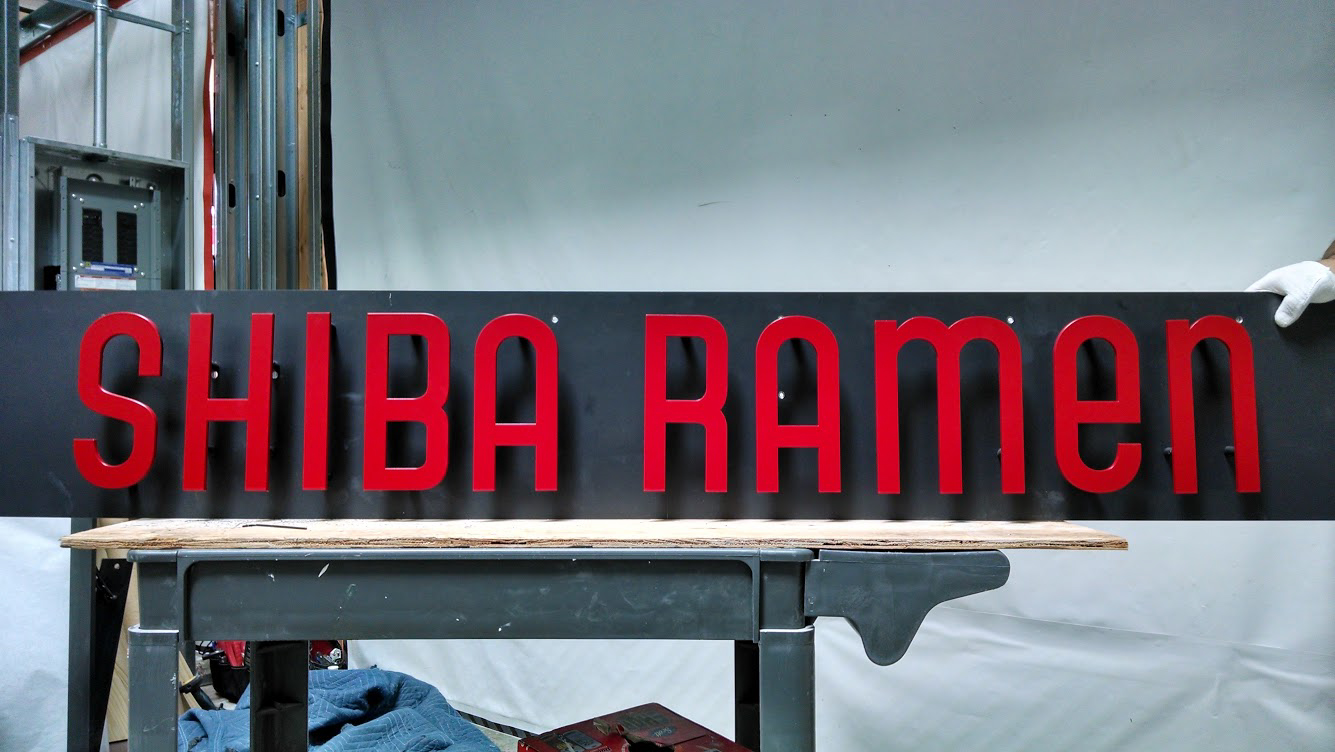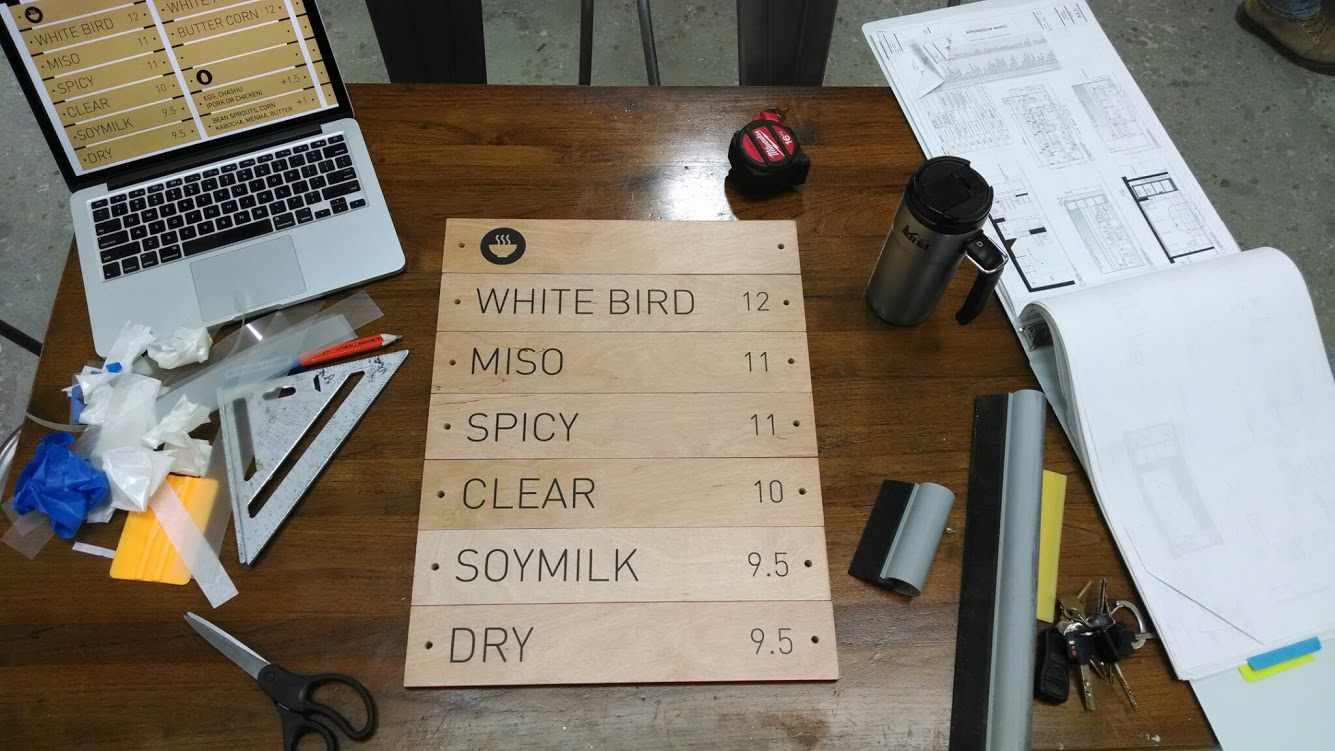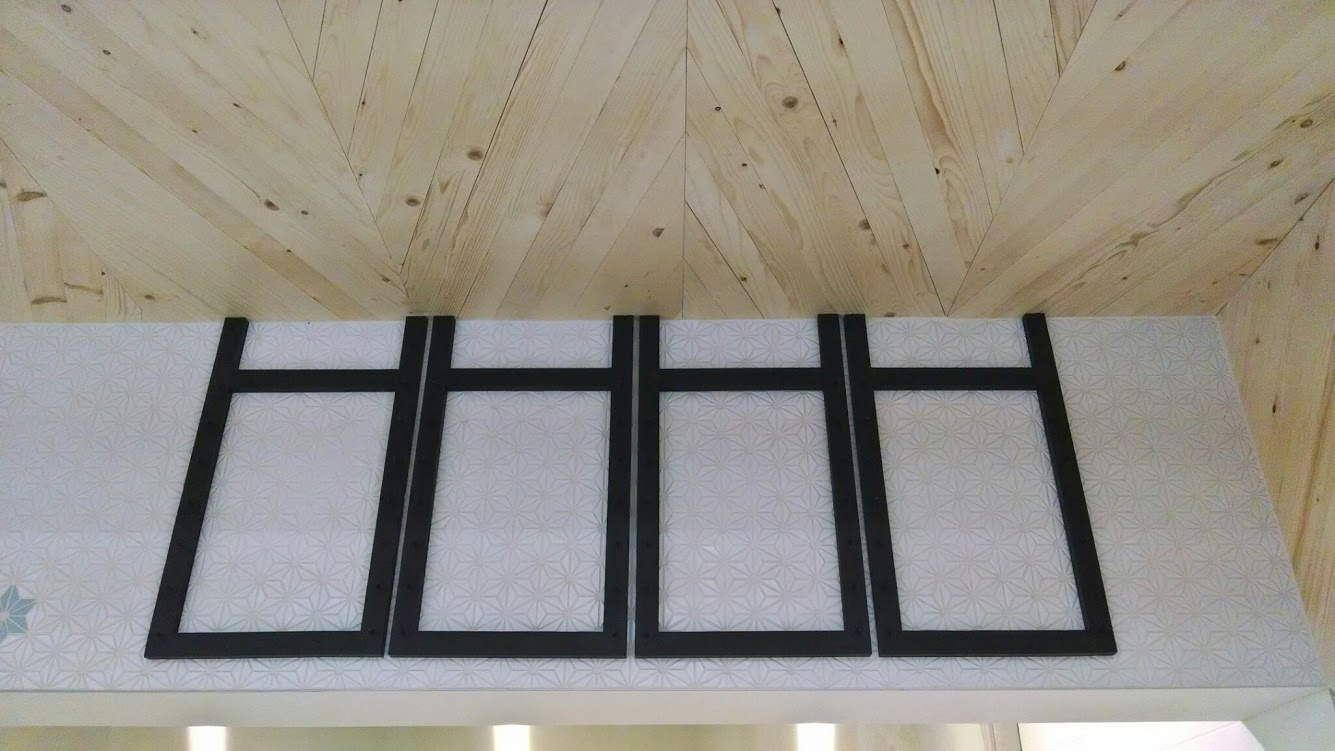We're having an unexpected lull this week at Shiba Ramen HQ. We've been building since August, and were set for our final health inspection tomorrow. But construction, it turns out, is fraught with perils at every turn! Shocking, I know. Milestones are serially contingent on the occurrence of earlier milestones, so one missed deadline can set off a cascade of delays later in the schedule. At the end of last week, we learned that two subcontractors missed deadlines, delaying our fire inspection by 10 days (perfect Thanksgiving timing), in turn delaying the building inspection, in turn delaying the health inspection. Damn you unwelded duct!
Most other things being reasonably in order, we can at least enjoy Thanksgiving. It's also a rare opportunity these days to devote time to Ramen Chemistry. There is really a lot of stuff to talk about, a million things are happening. Existing only on paper just a few months ago, today Shiba Ramen is almost alive. I'm looking forward to writing about everything from finding employees to our bad (but very illuminating) experiences with service contractors. And pretty much everything at this point is a legal issue, in one sense or another. So, yes, much to discuss.
For the moment, I'm laying low and conserving energy. A lot of work at the home office, newly outfitted with a dual screen and laser printer, I am pleased to add. But there isn't time for serious writing. Instead, I've assembled a collection of images from three months of restaurant construction at Emeryville Public Market. Really an amazing transformation. Design work by Oakland's Misa Grannis, and signage/wood fabrication by San Francisco's LMNOP Design. CCI from San Francisco is the general contractor running the construction itself.
In a week or two, I'll be able to post the finished product. It's kind of unbelievable. Check it out.






















